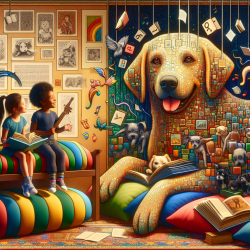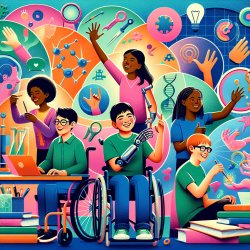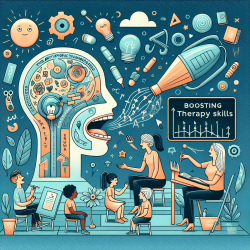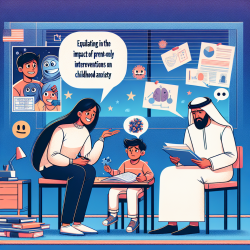The integration of semiotic resources in children's reading practices can have a profound impact on their reading skills and overall literacy development. This is the central finding of the research article, "The Book Dog and Semiotic Resources in Envisionment Building of a Text World," published in the Journal of Psycholinguistic Research. This blog post will explore how practitioners can implement these findings to improve their practices and encourage further research.
The Role of Semiotic Resources in Reading
Semiotic resources are the various tools and signs used in communication, such as words, images, gestures, and sounds. In the context of reading, these resources help children make sense of the text and engage more deeply with the material. The study highlights the importance of incorporating multiple semiotic resources to create a richer, more engaging reading experience for children.
The Book Dog Method
The Book Dog method involves children reading aloud to a trained dog, which acts as a non-judgmental and attentive listener. This method has been shown to reduce anxiety and increase motivation for reading. The presence of the dog provides additional semiotic resources, such as the dog's reactions and the child's interactions with the dog, which contribute to a more immersive reading experience.
Practical Applications
- Reduce Reading Anxiety: Practitioners can use non-judgmental listeners, such as dogs or even stuffed animals, to create a stress-free reading environment.
- Incorporate Multiple Modalities: Use pictures, gestures, and sounds alongside text to enhance understanding and engagement.
- Encourage Interaction: Allow children to interact with the text and external elements, such as explaining parts of the story to the dog or another listener.
Encouraging Further Research
The study opens the door for further research into how different semiotic resources can be integrated into reading practices to support children's literacy development. Future studies could explore the use of digital tools, peer interactions, and other innovative methods to create a more comprehensive reading experience.
To read the original research paper, please follow this link: The Book Dog and Semiotic Resources in Envisionment Building of a Text World










